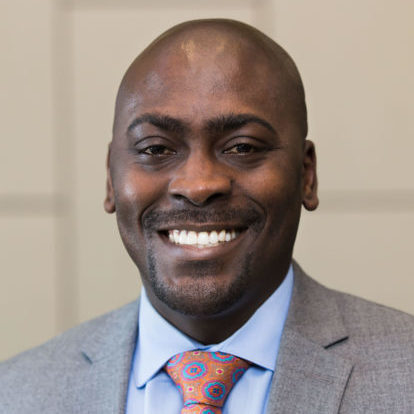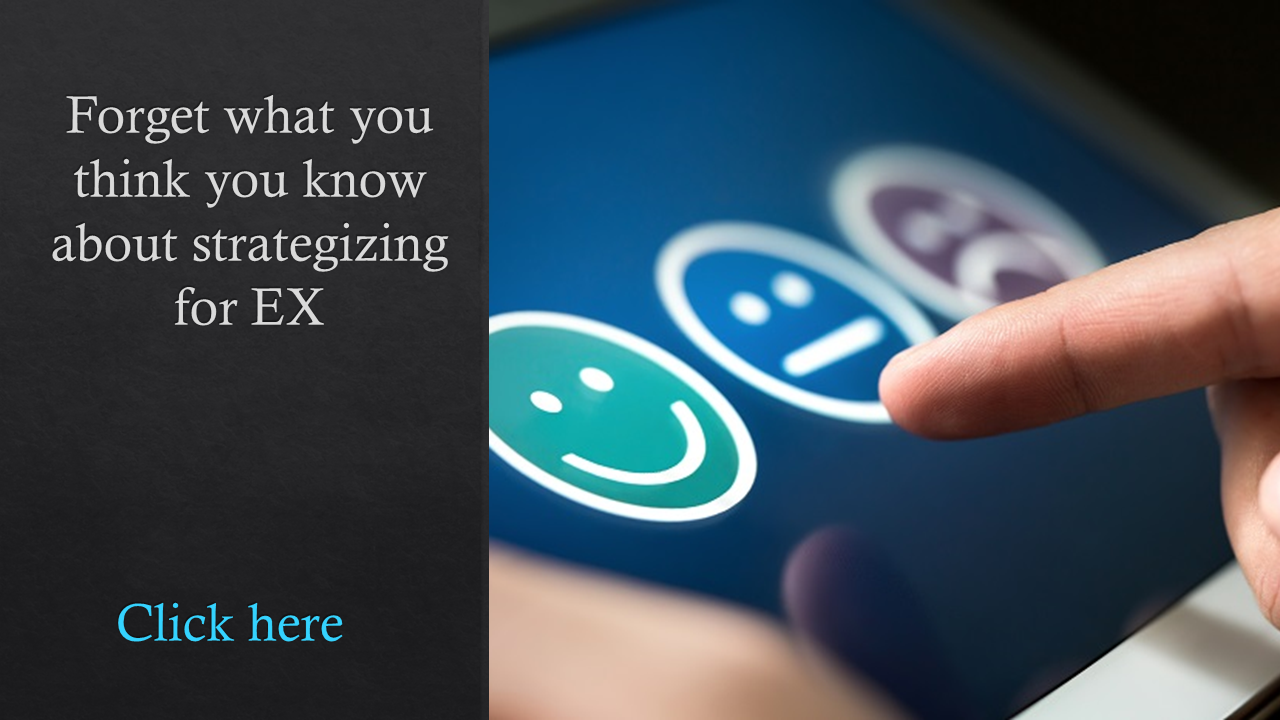“You’re so well-spoken!” “That’s an unusual name. What can I call you instead?” “This is awesome. Who helped you with it?”
As many times as I’ve heard these microaggressions throughout my professional career and even now, as the director of cultural diversity & inclusion (CD&I), they never lose their sting. There has always been this preconceived notion that my work was somehow not a reflection of my abilities, which began early on in my career. And as I listened to the feedback my white counterparts received—minus the microaggressions—I found their feedback was entirely different. Whether or not my supervisors knew exactly how these responses made me feel, it didn’t matter. I was becoming more aware of the innate misconceptions that were attributed to me because of the color of my skin. Years later, when I moved on to a new role, a new field and a new opportunity, I never forgot how others might perceive me without actually knowing me or my skill sets.
Despite this challenge, these lived experiences helped me realize I have a passion for educating people on diversity and inclusion in corporate spaces. I wanted to be part of the change by creating recruitment and retention strategies that help expand the pipeline for diverse communities, with a personal passion for recruiting and retaining Black talent.

Author Olumidé Cole
Ensure Current Employee Happiness Before Recruiting More
In my initial approach as director of CD&I at Power, my primary goal was to diversify the workforce by focusing on recruitment, like most organizations. The assumption was, the more Black employees there are, the less the Black community will feel the need to assimilate. I’ve since adopted a new approach.
All too often, we look to diversify our workforce as the first step to creating successful D&I strategies. In recent years, I’ve come to realize that organizations have to work first on the fundamentals of how they treat their current underrepresented employees before looking outward to bring more into their spaces. The key to building a diverse workforce is not by simply hiring more diverse talent, but shifting the focus on existing diverse talent and understanding how happy they are in their current environment.
Related: What does it mean for HR to integrate inclusion?
It takes patience to educate and develop the type of workplace that seeks to identify, discuss and dissolve barriers that might prevent diverse talent from wanting to work at your company, and most importantly seeing a future with your company. If you want to cultivate an organization that encourages underrepresented employees to utilize their skills sets, they must feel included and respected as capable contributors first and foremost. The better you are at establishing equity, the more success you will have with retention; and as a result, retention success will lead you to your recruitment goals.
As we push to diversify our entry-level, management and boardroom positions, we have to stop and take inventory of how current underrepresented employees feel about how they are viewed and ultimately respected. Most importantly, we have to be willing to make all necessary changes in an effort to consistently support all BIPOC and LGBTQIA+ community members over time.
Create and Lean into Programs and Initiatives
With the help and support of leadership at the highest levels, our company has been focused on building purpose-driven programs centered around inclusion and equity—specifically, inclusion of those from underestimated and underrepresented groups. If you hope to understand how to best support these groups, you need to ask them directly and listen to their responses.
The first and most important step is establishing employee resource groups (ERGs). The formation of our first two ERGs, Queer Power and the Black Empowerment Resource Group, was based on the effort to hear directly from the sources on existing challenges of that particular group and how we could be better as a company to ensure their confidence in us.
Part of creating ERGs means being open to having difficult conversations. One program that we developed in 2019, that is still thriving, is our “Woke-ish” sessions. Designed with the belief that no one person has a true monopoly on awareness and education on all things diversity and inclusion, we acknowledge that none of us are as socially aware or culturally inclusive as we assume to be, so we are all “woke-ish.” These recurring sessions are open to all employees across the country. We have a monthly cadence on our national platform and encourage individual regional offices to have smaller sessions led by our local CD&I teams. This is one of the steps we take to ensure frequently muffled voices are heard.
As I suggested to our co-CEO, Asher Raphael, during these types of conversations, it is best to have senior leadership present, promote the voices of these group members and then step aside to make sure they feel empowered and heard by those key decision-makers. This journey is not easy, and we still have a ways to go. We are in a constant cycle of learning, and commitment to that learning process is most important.
Put Your Money Where Your Mouth Is
As companies continue to develop internal programs that encourage healthy dialogue, you will see more gains in recruitment efforts of diverse talent. Power is closing in on the second year having found success with our “Strive for 35” campaign, designed to create measurable insight into the diversity of our candidate pool—the goal being to have 35% of our hired candidates belonging to an underrepresented group. The campaign is also supported by our company-wide referral promotion that awards employees and their referrals additional earnings if the candidate is hired and represents the veteran, woman or another underrepresented population. One of the most impactful ways to instill confidence in current and potential underrepresented employees is by demonstrating your willingness to spend money on efforts that will have a direct increase in diverse recruitment.
 See also: HR, don’t forget about the ‘I’ in diversity, equity and inclusion
See also: HR, don’t forget about the ‘I’ in diversity, equity and inclusion
Another authentic way to diversify your candidate pool is by connecting with local communities and offering them assistance and opportunities that will benefit them and you. In 2020, we began partnering with organizations that serve communities of color, i.e. the Urban League of Philadelphia and Cheyney University of Pennsylvania, which is the oldest historically Black college and university in the country. Within these partnerships, we have conversations with young students looking for internships or actual work. We’re continuing to develop new partnerships with organizations like YearUp, which provides young adults with the professional and technical skills they need to launch their careers, and helps connect American businesses with these individuals through internship programs.
It’s important for other business leaders to know that these partnerships are not a one-way street solely geared towards diversifying your talent pool. Oftentimes, companies will approach partnerships with a check box mentality without even realizing it. The partnership has to be authentic and intentional and must serve and support the talent as well. You should create partnerships that provide learning, skill development and mentorship, rather than just an offer letter. Building the pipeline to diversity starts with ensuring the destination represents the inclusivity needed to retain, advance and promote the underrepresented. The question is not about the quantity of qualified diverse candidates (there’s plenty!) but of whether or not your organization offers the quality of workplace culture and environment that is able to support and help excel such candidates.